When implementing ISO in a large company or a small organisation, the standard must be followed throughout. This means that the standard makes no exceptions for size, complexity and other factors that differentiate one company from the other. All companies need to follow the same standard.
Therefore, it is completely up to the consultant or the people within the organization to define the best way to interpret the requirements for the benefit of the company. Of course, when dealing with a larger company, more processes and complexities are bound to exist, thus, making compliance harder to achieve. However, that does not necessarily mean that all small organisations have it easy. The ultimate aim is to be compliant and see tangible improvements in the company.
The ultimate difference, as defined by the EU, is that a large company is one that employs more than 250 employees. Meanwhile, a medium sized company is any company which employs less than 250 employees and more than 50 people. A small company employs up to 50 employees while a company is labelled as a micro organisation when it employs ten people or less.
So, if we are to keep in line with the definitions as set by the EU, when talking about a large company, the entity employs more than 250 people. Therefore, there are different departments and these different departments all serve the company in a particular way, shape or form. For example, you have the accounting department, you have the quality department, you have the marketing department and you have other departments that are ultimately responsible for the supporting functions of the main activity of the organization.
What this means is that we have two sides to a large business; where the supporting services are needed for the successful operation of the day to day operational activities of the company. It is important to note that the latter tends to have the highest volume of employees per department. Let’s think about it for a bit.








